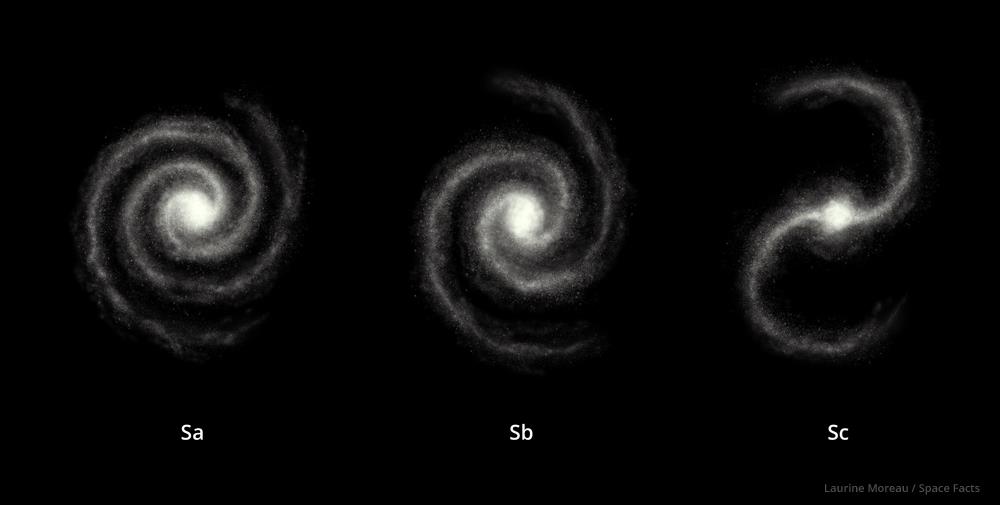CANBERRA, April 24 (Xinhua) -- Galaxies grow bigger and "puffier" as they age, according to an Australian study published Tuesday.
The research, published by the Australian National University (ANU) and University of Sydney, revealed that the shape of a galaxy is directly linked to its age.
"Galaxies are mostly a shape somewhere between a perfectly round ball and a flattened disk like a coin," Matthew Colless, lead author of the study from ANU, told Xinhua on Tuesday.
"We found that the typical age of the stars and the degree of roundness/flatness are linked - young galaxies are flattened disks, old galaxies are round balls, and there is a smooth progression in-between."
Researchers spent five years observing distant galaxies on the Anglo-Australian Telescope in New South Wales (NSW).
The age of a galaxy was determined by measuring the age of the stars within it.
"The true shape of a galaxy is measured from both their apparent shape and the motions of the stars within the galaxy, which tell us what angle we are looking at the galaxy from, allowing us to distinguish a truly round galaxy from a flat galaxy seen face-on, for example," Colless said.
Colless and his team, which included international members from the United States, Europe, South Africa, India and South Korea, determined that the Milky Way Galaxy was about average in size.
"Our galaxy is pretty average - it is 100 times smaller than the biggest galaxies and 1,000 times larger than the smallest galaxies. It has some very old stars but also some young stars - a broad mix that gives it an intermediate average age," he said.
"The shape too is intermediate, with both a flat disk and round 'bulge' in the middle.
"There seems to be a (size) limit - the largest galaxies are about 100 times bigger than our own Milky Way galaxy. After that individual galaxies don't get bigger, but the groups and clusters of galaxies they are found in get larger."
